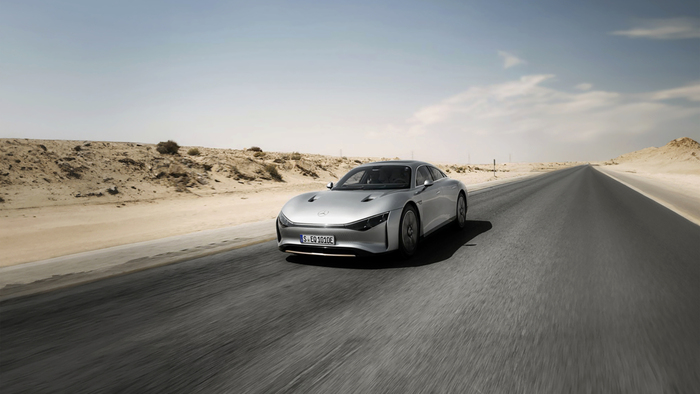"Invisible" solar energy from roof tiles?
Company from Italy produces tiles with solar cells
Created: 04/01/2023 15:27
By: Helena Gries
Photovoltaic modules that look like real terracotta tiles are made by a company in Italy.
© dyaqua.it
In order to give historic buildings the chance to generate electricity from photovoltaic systems, an Italian company is producing terracotta bricks with invisible solar cells.
Pompeii – Sustainable energies are the topic of the future.
However, modern solar collectors or photovoltaic systems do not really fit into the picture of listed houses or on the roofs of historical buildings.
A solution was developed for this in Italy.
A small company makes solar tiles that look like terracotta slabs.
Terracotta has shaped construction in the Mediterranean regions for centuries.
Black solar panels would only spoil the historical views of the cities.
But the roofs of buildings in Mediterranean regions are particularly well suited to generating energy from sunlight, as there are far more hours of sunshine here than in northern countries.
11 Energy Saving Myths Many Still Fall For - Do You?
View photo gallery
Solar energy from terracotta bricks: A company in Italy produces historical-looking solar panels
In Italy, this problem has now been resolved.
The House of Cecere in the historical park of Pompeii is powered by solar energy.
There are invisible collectors on the roof, embedded in terracotta tiles.
"They look exactly like the terracotta tiles used by the Romans," Gabriel Breeding, director of the Archaeological Park of Pompeii, told contributors to the European project POCITYF.
This project will test innovative solutions aimed at combining sustainability with the enhancement of architectural and cultural heritage.
Bricks of this type are also planned for other buildings in the future:
Split in Croatia
Evora in Portugal
Alkmaar in the Netherlands
The invisible solar modules, which are technically referred to as "traditional PV tiles", are manufactured in the small Italian town of Camisano Vicentino.
They were developed and patented by the family company Dyaqua.
The actual photovoltaic cells in the terracotta bricks are covered with a colored but translucent polymer mass.
Thus, the appearance of stone, wood, concrete and brick can be created.
According to the company, such a solution can be installed not only on roofs, but also on walls and floors.
In terms of their properties, the solar bricks are similar to real bricks.
This makes it easy to exchange old for new.
(hg)
also read
Child benefit payments in 2023: when it ends up in the account
READ
Netflix is serious: Sharing passwords will no longer be allowed from 2023 – consumers need to know that now
READ
Change at McDonald's: Customers have a new option when choosing a drink
READ
What will change for drivers in 2023: The new rules could result in fines and points
READ
Edeka places young cattle Anton in the middle of the liver sausage – vegans are foaming with anger: “Un-graspable”
READ
Fancy a journey of discovery?
My space
Windows and displays can also use light as an energy source with the help of transparent solar cells.
Researchers have made this technique more efficient.








